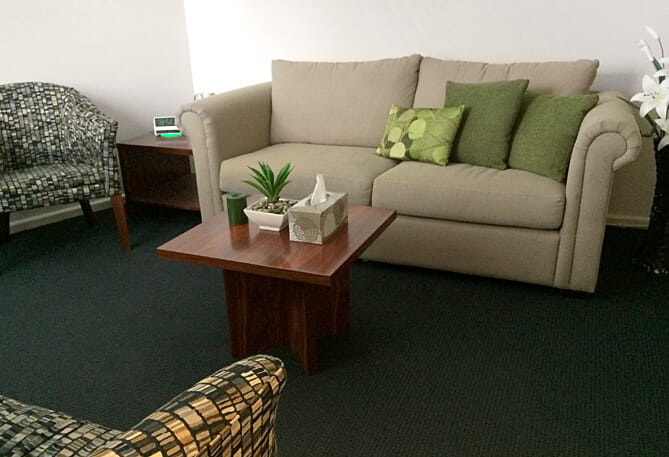Reinforce Your Gains Not your Pains
“I learned long ago, never to wrestle with a pig. You get dirty, and besides, the pig likes it.” - George Bernard Shaw
According to AI, reinforcement in psychology is a consequence that increases the likelihood of a specific behaviour occurring again. Wow! How important is this to know? That means, when I reinforce a behaviour, good or bad, it is more likely to keep occurring. Could this be a template for positive change?
Also, could my reinforcement of the good become a displacement strategy for diminishing the power of what I perceive as bad? Perception only has a finite space and I would prefer to fill that space with good thoughts and feelings rather than bad ones.
A Reinforcement Schedule
What we reinforce becomes habitual. Habitual behaviours are actions that are triggered automatically by contextual cues, becoming ingrained through repeated performance, and are often less reliant on conscious thought or motivation. In other words, these behaviours create an existence that is less and less within our control.
When we fear situations or experiences over and over again, which is a reinforcement schedule, we allow fear to have power over us. This is exactly what happens with a phobic reaction. We fear spiders or snakes, or whatever, until fear has the power to shut us down when these phobias surface. Through reinforcement we are constructing behavioural outcomes.
Reinforcing Pain
Pain is not just physical. Pain is any distressing feeling that causes intense or damaging stimuli. Memories can cause pain. Trauma is an extreme example of this type of pain. Feelings of guilt and shame can cause pain. Humiliation can cause pain. Failure can cause pain. Regardless of the damaging stimuli, the real and lasting pain is derived from our reinforcement schedule.
What keeps me from recognizing this negative vortex of reinforcement? Repetition is the answer. The self-inflicted pain I am feeling is being constantly reinforced, usually without awareness. This means that I must become more aware of this reinforcement to achieve change. The automatic pilot must be switched off to make room for a more positive vortex of reinforcement. I am aware that I cannot be perfect, however I know that slight changes toward positivity can still make a difference.
“You cannot have a positive life and a negative mind.” – Joyce Meyer
Reinforcing Gains
Remembering that reinforcement creates the likelihood of repeated behaviour, I would prefer positive reinforcement. I would prefer to focus more on my gains, or strengths, than my pains. Pains appear to be more obvious. Negative thoughts and feelings appear to be more readily available. This means I do not have the luxury of an automatic reaction, I must take manual control.
Positivity is not automatic. We have to become more cognizant or mindful to experience the positive. The negative will become less powerful when I can consummate the positive. Take fear for an example. Through desensitization a phobia can be obliterated. What have I done to achieve this? I have accepted the previous negative stimulus rather than avoided that stimulus. I have displaced the negative feeling with acceptance, which rewards my efforts with a diminished and eventually a complete loss of the feeling of fear.
“Pessimism leads to weakness, optimism to power.” – William James
Unlearned Pessimism
Years ago, Martin Seligman wrote the book on Learned Optimism. What may also be relevant here is unlearned pessimism. We need to stop reinforcing our pains and start reinforcing our gains every chance we get. What we reinforce becomes stronger and what we do not reinforce becomes weaker. Surely, reinforcing our gains has the power to make our lives not only better but also empowers us to get stronger over time. This pathway will not be direct or short but possesses both purpose and meaning. Our strengths will increase and our limitations will diminish, not automatically but through reinforcement.
Displacement
Displacement here relates to an exchange of reinforcement schedules. I would seek to displace my negative reactions, that are mostly automatic, with my positive reactions, which I am choosing to be more mindful of experiencing.
This exchange will require a higher level of consciousness toward what I am reinforcing. What I am reinforcing will become more prominent and that which I choose not to reinforce will become less prominent. My gain will be less pain.
Reinforcing more proficiently allows my perceptions to be altered in innumerable ways. Having less pain leaves room for permutations. I may become more aware of my joy and happiness while discarding my sorrow and suffering. Any remnants of depression or anxiety that you are experiencing may also take a hike.
Replacement
Now that I have commenced a new positive reinforcement schedule, what are the pitfalls? Ruminating is probably the biggest threat. When we over think we are prone to more negative thoughts and feelings. Reflection is good to a point but reaches diminishing returns when overdone.
Stay in the present and try hard not to keep revisiting the past. The same goes for thinking too far ahead. We know that anxiety is about the unknown and resides in the future. Looking ahead will also preclude negative thoughts and feelings. All this adds up to staying in the moment as much as possible. Realizing the past is gone and the future is not guaranteed will help. The present is what we have.

